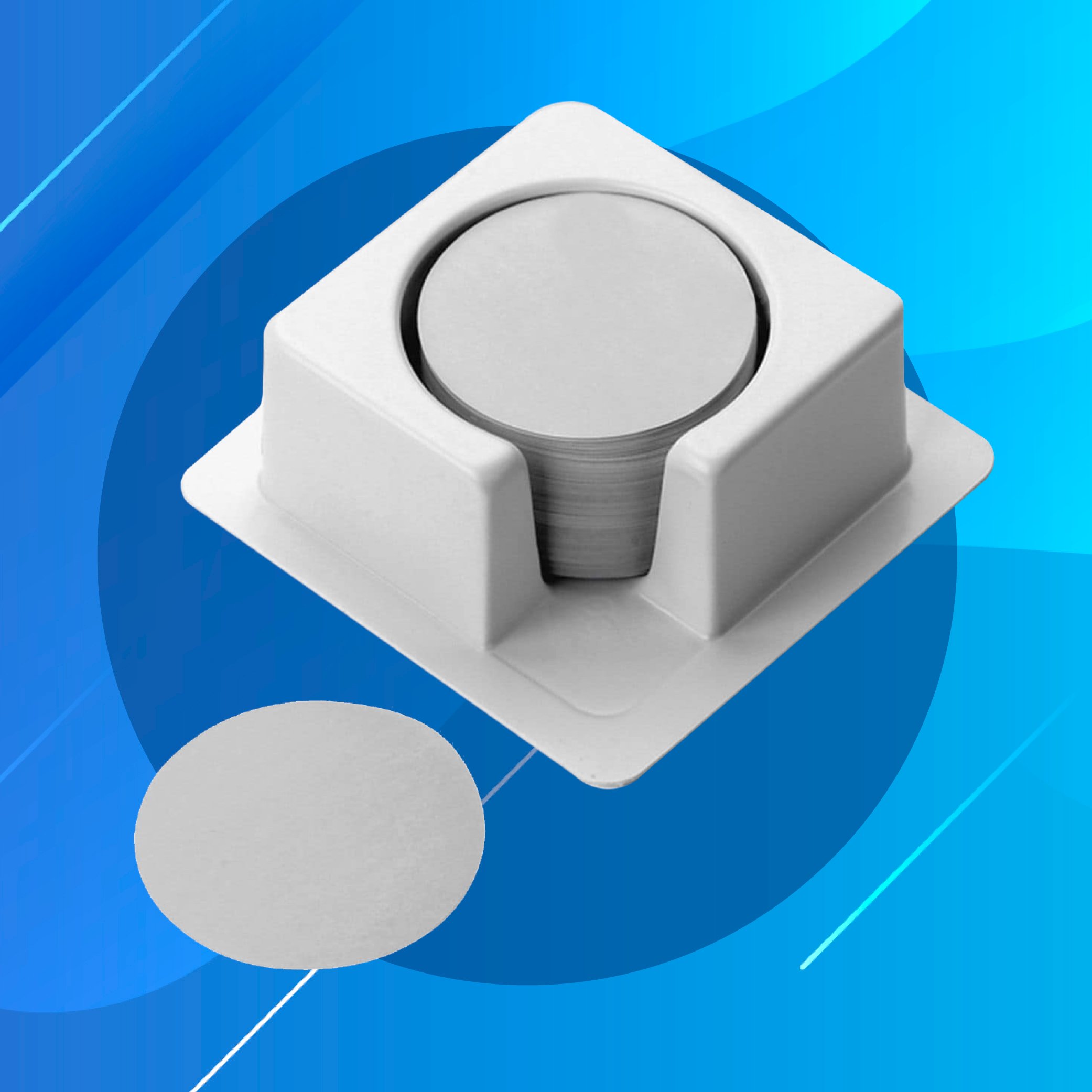
Filtration stands as an indispensable technique within laboratory settings. Its significance spans from reagent sterilization and foundational research endeavors to clinical diagnoses and environmental assessments. Serving as a pivotal preliminary phase in sample preparation for subsequent analysis, the selection of a filtration system demands meticulous consideration of numerous factors, ranging from material compatibility to pore size. In this article, we dissect the top five considerations imperative for filtration system selection.
1. Filter material
The basis for material selection will depend on the nature of your filtration process and the feed stream contacting with the membrane filter and supporting materials. The inherent properties of the filter, such as its phobicity, binding, and optical properties, as they relate to the objectives of your application are important criteria to consider when selecting a filter. Venting applications benefit from the hydrophobic nature of PTFE whereas the smooth surface of track etched membranes make them for ideal for particle recovery off their surface.
2. Filter pore size
The pore size of a filter dictates the range of particle sizes that can either pass through or be captured by it. Measured in microns ( µm), pore size ratings can be nominal or absolute. These are differentiated by their ability to retain particles at a defined size at an efficiency of below 100% (typically 90-98% for nominal) and with 100% (at specified conditions for absolute). The precise pore size required for a particular application hinges upon the specific sample, the desired level of purity, and the expected yield. In certain instances, employing multiple filtration steps with varying pore sizes may be necessary to achieve the desired outcome.
3. Material compatibility
For optimal yield and purity, the filter material must align chemically and physically with the content and composition of the sample undergoing filtration. For instance, certain filter housings exhibit greater chemical resistance than others. Moreover, some filters may possess a propensity to attract specific proteins, causing them to adhere to the membrane and diminish the final yield. Furthermore, if the filter material is incompatible with the process conditions, such as operating temperature, pressure, and pH, it may undergo shrinkage, expansion, or deformation, potentially leading to leaks or alterations in the filter pore size. You may refer to our Chemical Compatibility Chart for more info.
4. Flow rate
The flow rate denotes the speed at which a liquid or gas traverses through a filter. It is contingent upon several factors, encompassing the filter material, pore size, available surface area for filtration, viscosity and temperature of the sample, and the utilization of a prefiltration step. While a higher flow rate accelerates the process, it may compromise the retention of desired materials, thereby influencing the purity and yield of the final product. Achieving the optimum outcome necessitates striking a delicate balance between flow rate and retention.
5. Format
Choosing the right format for your filtration application – be it a syringe filter, capsule filter, or vacuum filter holder – depends on several key factors including:
- Volume and flow rate
- Filtration purpose
- Convenience and speed
- Disposable vs reusable
Each format offers distinct advantages, enabling customization based on specific filtration requirements, fluid characteristics, and desired throughput.
Need help selecting your ideal filtration system? Ask an Expert today!


![Join Sterlitech at BIO 2024 [Booth #5558]: Exploring the Future of Biotechnology](https://www.sterlitech.com/media/magefan_blog/b4.jpeg)

